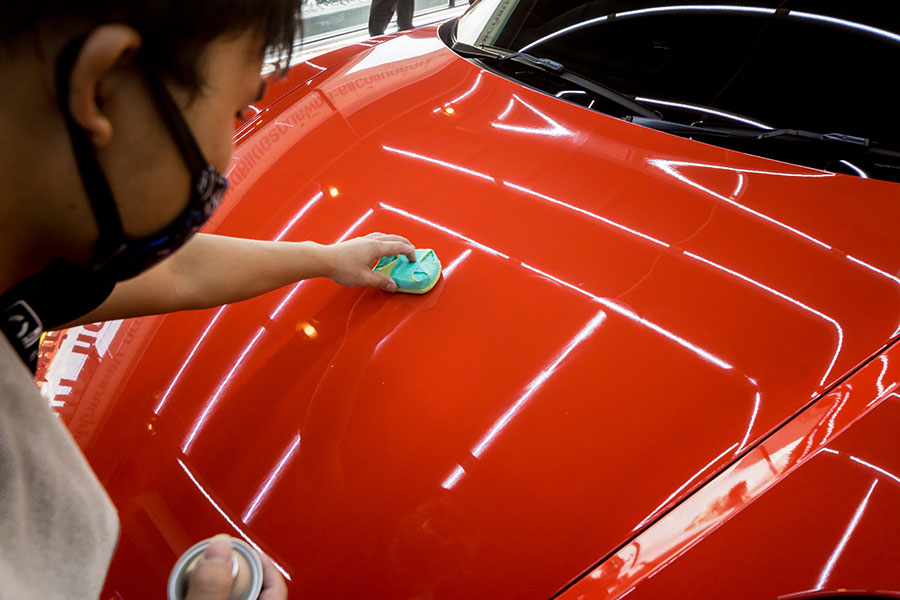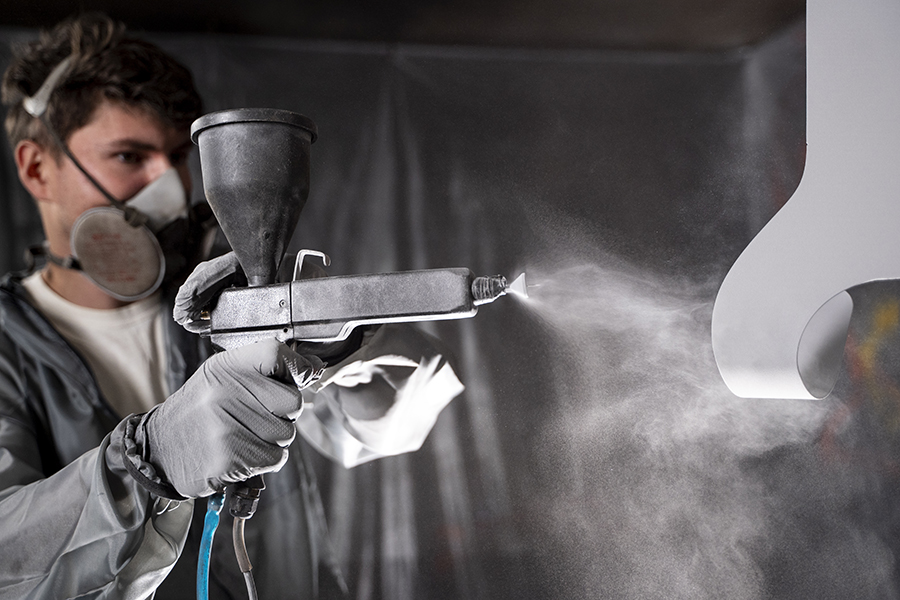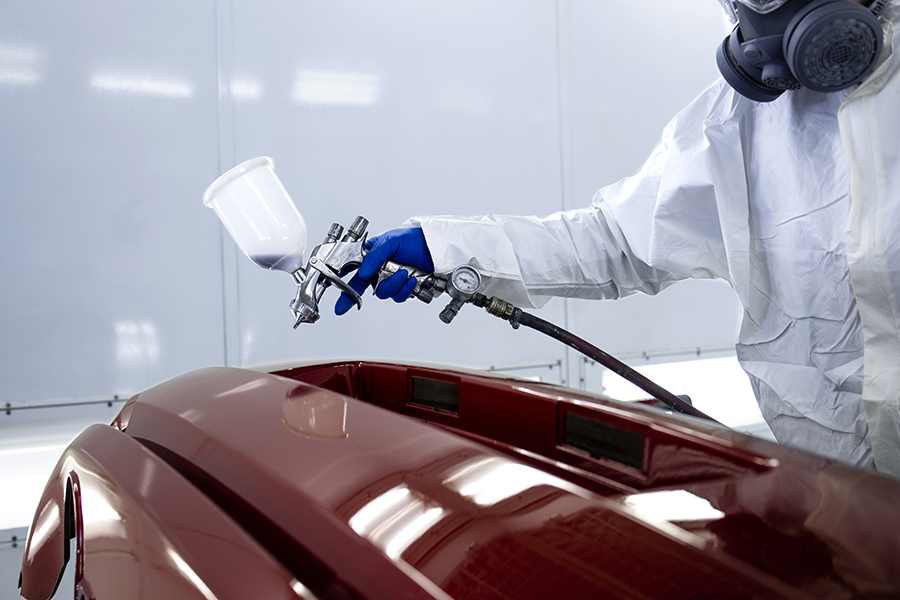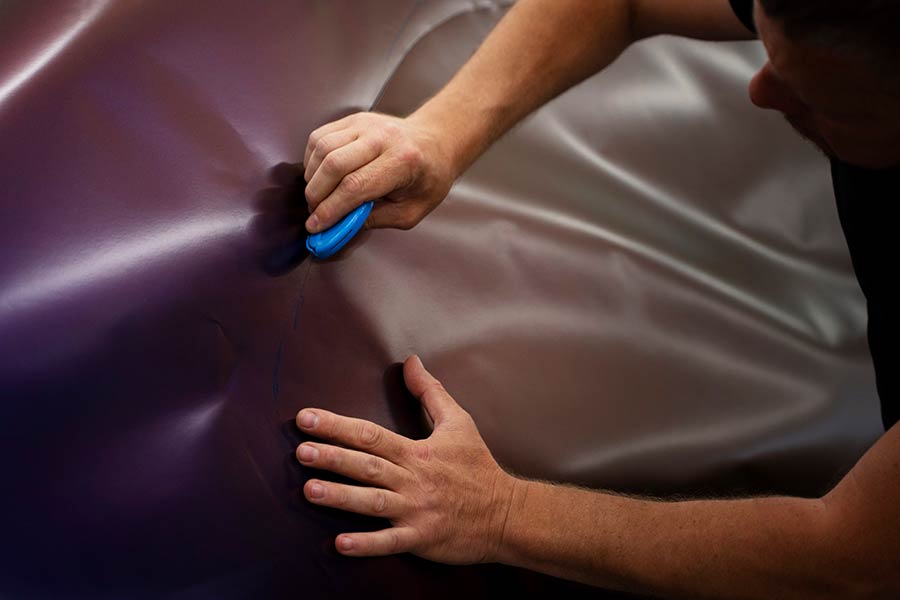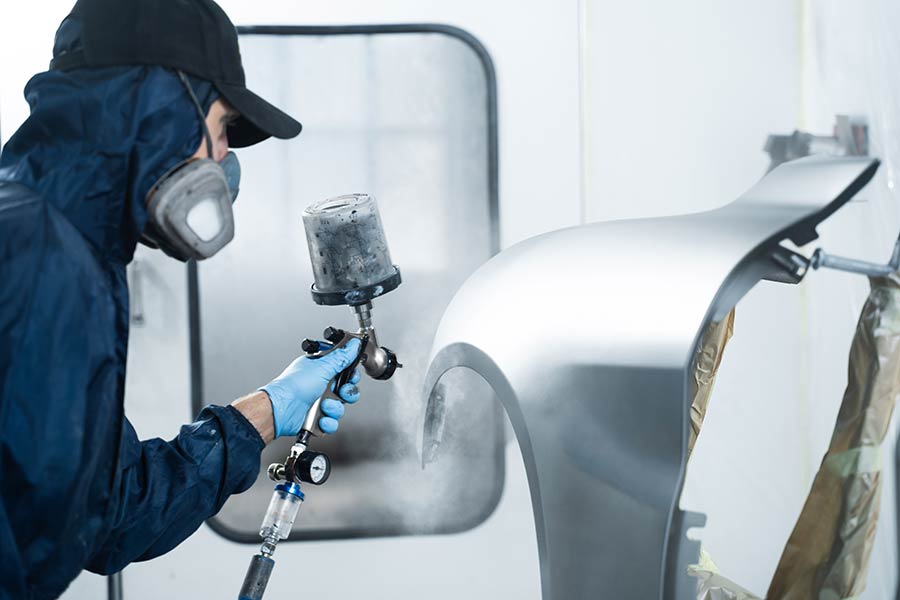Ever since cars hit the road, the battle against nature's elements has been relentless. Among these challenges, the sun's rays have proven to be one of the most formidable foes, fading and damaging car exteriors over time. Enter uv protection auto body paint—a modern-day armor for your vehicle. This innovative solution doesn't just add a layer of shine; it acts as a shield, defending against UV damage and keeping your car looking fresh off the lot longer. Let's dive into how this protective paint works and why it's a must-have for any car owner.
Key Takeaways
-
UV protection for your car's paint is crucial to prevent fading and damage caused by the sun's harmful rays.
-
Understanding how UV affects your vehicle helps in choosing the right protective paint and measures.
-
Selecting a high-quality UV protection paint is a key step in safeguarding your vehicle's appearance and value.
-
Proper preparation and application techniques are essential for the effectiveness of UV protective paint.
-
Regular maintenance and additional protection measures, like parking in the shade or using a car cover, extend the life of your paint job.
-
By following these guidelines, you can keep your car looking newer for longer and protect your investment.
Importance of UV Protection
Vehicle Appearance
UV protection auto body paint does wonders for a car's look. It keeps the color vibrant and the shine lasting. Without it, cars often lose their gloss, looking old before their time.
This special paint acts like a shield. It fights off sun damage and other outdoor threats. This means your car stays looking fresh and new, just like when you first got it.
Preserving Value
A well-kept car has more value. With UV protective paint, your car's exterior remains in top condition. This reduces the car's depreciation rate significantly.
Potential buyers always prefer cars that look good as new. A vehicle with its original luster intact is more likely to catch their eye. This could mean a better selling price for you down the line.
Paint Longevity
Paint jobs are not cheap. But with UV inhibitors in the paint, your car's coat will last much longer. You won't need to repaint or touch up as often.
This saves money and keeps your car looking its best for years. The original quality of the paint is preserved, making your vehicle stand out.
Understanding UV Effects
Sun's Paint Damage
UV rays are tough on car paint. They break down paint molecules, making them weak. Cars parked outside often face more damage. The roof and hood get hit hardest by the sun.
In summer, the risk goes up. The sun is stronger, and cars are outside more. This means more damage over time.
Fading and Oxidation
The sun doesn't just hurt; it fades paint too. Bright colors lose their spark under constant UV rays. Color fading happens slowly but surely.
Oxidation is another enemy of shiny cars. It makes paint look dull and old. To fight this, use wax or sealant to keep your car looking new.
Cracking and Peeling
UV damage starts small with cracks and peels in the paint. If ignored, these can turn into big problems. Water gets in, leading to rust.
It’s crucial to check your car often for any signs of damage. Early fixes can save a lot of trouble later.
Selecting UV Protection Paint
Types of Coatings
Ceramic Coating
Ceramic coating acts as a strong barrier against harmful UV rays. It provides cars with long-lasting protection. This makes maintenance easier than ever. Unlike traditional wax, ceramic coating bonds with the paint. This gives superior durability.
Paint Protection Film
Paint protection film serves as a physical shield on your car's body. It boasts self-healing properties for minor scratches. The application covers key areas prone to damage. It protects without altering the car’s appearance.
Factors to Consider
Choosing the right UV protection involves several factors. These include climate, how often you use your vehicle, and its color. Consulting professionals is crucial for making an informed decision. They understand how these factors interact.
Budget plays a big role in your choice. Think of it as an investment in your car's future. Opting for quality protection saves money on repairs later.
Preparation Steps
Surface Cleaning
Before applying any protectants, thorough cleaning is crucial. It ensures the paint adheres well and lasts longer. Best practices include washing with a high-quality automotive soap and using clay bars to remove finer contaminants. These steps ensure that dirt and particles don't interfere with the UV protection's effectiveness. For optimal preparation, consider professional detailing. They have the tools and expertise to clean every nook and cranny.
Removing Imperfections
Addressing dents, scratches, and swirls is essential before adding any protective layers. Methods like sanding gently remove imperfections. Polishing restores the shine to your auto body's surface. This not only makes your car look better but also enhances the final protection efficacy. A smooth surface allows the UV protectant to adhere evenly, offering maximum coverage and durability.
Primer Application
Primer plays a key role in paint adhesion. It creates an ideal surface for the UV protection paint selected earlier. Not all primers are equal; some are specifically designed for UV protection. Applying these primers requires attention to detail for uniform coverage. Proper technique ensures that every inch of your vehicle is ready for the topcoat, which seals in the primer and provides additional protection against harmful UV rays.
Application Techniques
Professional vs DIY
Choosing between a professional service and a DIY approach for applying UV protection auto body paint is crucial. Professionals bring expertise and advanced equipment, ensuring a flawless application. This often results in a more durable finish that can withstand the elements better over time. However, these services come at a higher cost.
On the other hand, DIY methods are more budget-friendly. They allow for personal involvement in the car's maintenance. Yet, without the right tools and experience, achieving an even and lasting coat can be challenging. The risk of errors might lead to additional costs in the long run.
Layering Methods
The durability of UV protection on your vehicle greatly depends on how you layer the protective coatings. Starting with a base coat, followed by the UV protection layer, and finishing with a clear topcoat is vital for optimal results. This sequence ensures each layer adheres properly and performs its function.
Combining different types of protection, like sealants or waxes over the UV protective paint, enhances durability. It offers an extra shield against harmful rays and environmental pollutants.
Drying and Curing Time
After applying UV protective coatings, it's essential to allow ample drying time. Each type of coating has its specific drying period before it's fully set or cured. Typically, this can range from a few hours to overnight.
Curing is critical for achieving maximum durability and effectiveness of the protective layers. During this period, avoiding exposure to water or direct sunlight helps prevent damage or weakening of the coating.
Maintenance Tips
Regular Washing
Keeping your car clean is more than just about looks. It's crucial for protecting the paint from UV damage. Dirt and grime can wear down the protective layer over time. This makes regular washing a must-do task.
Hand Drying After Wash
After washing, it's important to dry your car by hand. This prevents micro-scratches that machines or air drying might cause. Use soft, microfiber towels for the best results. They absorb water well without harming the paint.
Proper technique matters too. Start from the top and work your way down. This avoids water spots and streaks, keeping your car looking shiny.
Waxing for Durability
Wax isn't just for shine; it adds an extra layer of protection against UV rays. Think of it as sunscreen for your car. You need to apply it regularly, though, as its effectiveness fades over time.
There's a debate between natural and synthetic waxes for UV protection. Both have their merits, but synthetic waxes often offer longer-lasting defense against the sun.
Additional Protection Measures
Optimal Parking Strategies
Importance of Shade Parking
Parking your car in the shade is more than just keeping it cool. It significantly reduces UV exposure. Over months and years, this can help maintain your car's paint job. If you can't find a tree or covered spot, use buildings to cast shadows during peak sun hours.
Using Car Covers
Recommend breathable, UV-resistant car covers for outdoor parking.
A high-quality car cover is like sunscreen for your vehicle. Look for ones that are breathable and UV-resistant. They shield your car from direct sunlight when outdoor shade isn't an option.
Covers not only protect against UV rays but also dust and rain. Ensure the cover you choose doesn't trap moisture, as this could harm the paintwork. Proper usage involves making sure the car is dry before covering it and removing the cover during sunny days to let any trapped moisture evaporate.
Closing Thoughts
ou've got the lowdown on keeping your ride looking fresh and protected from the sun's harsh rays. From picking the right UV protection paint to slapping it on and keeping it shiny, you're all set. It's like sunscreen for your car – you wouldn't skip it on a sunny day at the beach, right? Same goes for your wheels. And with those extra tips on doubling down on protection, you're ready to roll, come rain or shine. Now, don't just sit there! Grab that paint and get to work. Your car will thank you, and hey, you'll be turning heads with that gleam. Let's make sure your ride stays looking its best, year after year. Ready, set, protect!
Frequently Asked Questions
Why is UV protection important for auto body paint?
UV protection is crucial because it shields your car's paint from the sun's harsh rays, preventing fading, cracking, and peeling. Think of it like sunscreen for your car!
How do UV rays affect auto body paint?
UV rays can be brutal on your car’s exterior, leading to faded colors and weakened surfaces. It's like how the sun damages our skin over time.
What should I look for in UV protection paint?
Look for paints specifically labeled as “UV-resistant” or with a high UV protection rating. It’s like picking out the best armor for your car against the sun.
What are the key preparation steps before applying UV protection paint?
Clean and sand the surface thoroughly. It’s about creating a clean canvas for your masterpiece.
Can you share some application techniques for UV protection paint?
Apply in thin, even layers, allowing proper drying time between coats. Think of it as layering on protection.
Do you have any maintenance tips to extend the life of UV-protected auto body paint?
Regularly wash and wax your car, and park in shaded areas when possible. It’s like giving your car regular check-ups and keeping it out of harm’s way.
Are there additional measures to protect my car’s paint from UV damage?
Yes, consider using a car cover or applying a clear coat finish for extra defense. It's akin to putting on an extra layer when it’s cold outside.
